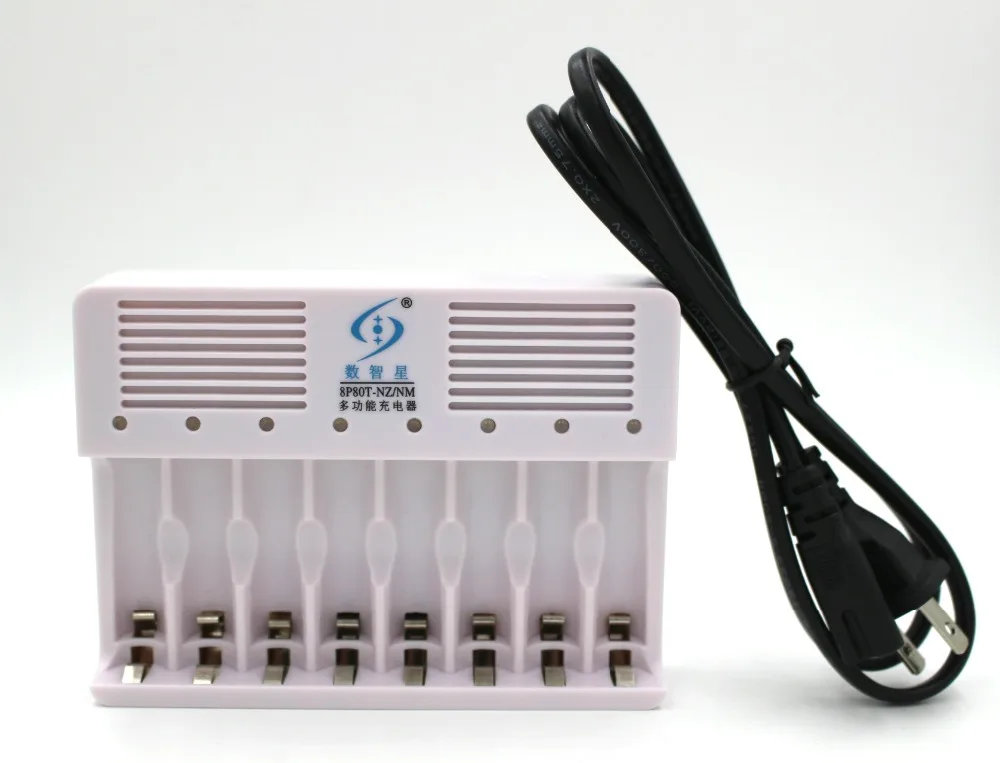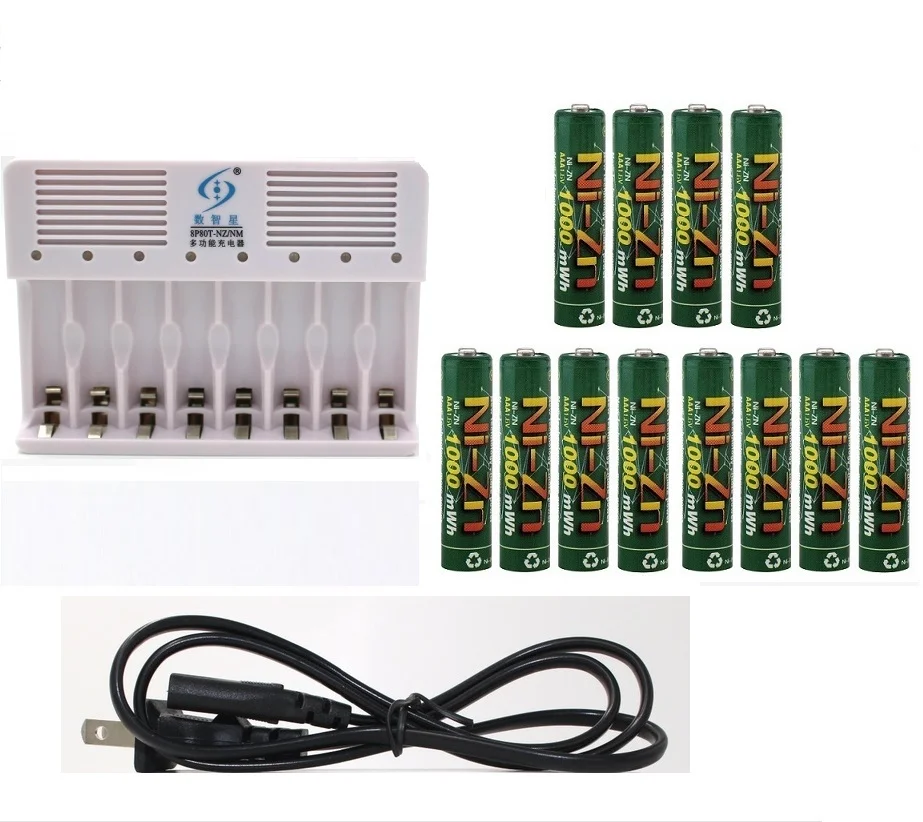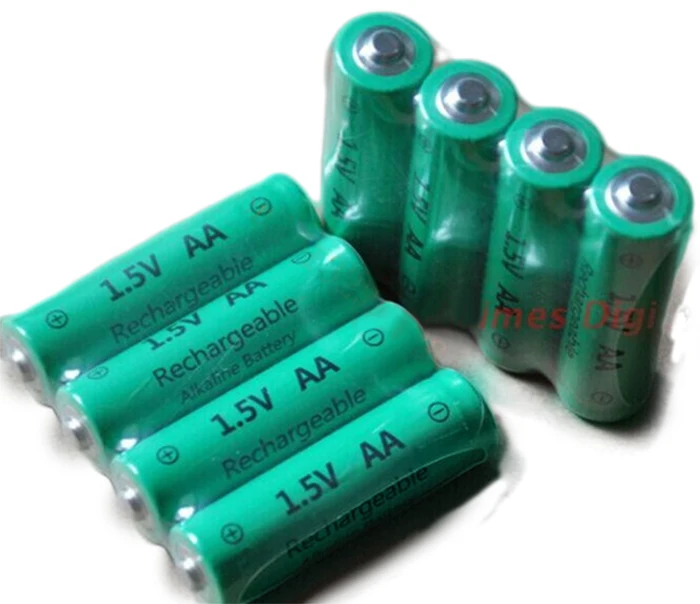


The NiZn batteries I tested did what I expected, running the blaster motors faster. Using an Adventure Force Double Trouble (which runs hot for a blaster), the velocity jumped from 92fps to 100fps. The stock Stryfe I tested fired 62-65fps on both alkaline and NiMH batteries. If they can supply the increased current demand, then you can keep the motors from lagging between shots. That being said, if you’re simply feeding current to flywheel motors, they can potentially drive the motors at higher speeds. This means that, without the proper circuitry to step down the voltage, they do have the potential to fry cheap circuit boards. NiZn batteries operate at a higher voltage than alkaline batteries. Note that I tested these batteries in particular, from HobbyKing. Generally, NiZn cells work well with robust electronics that don’t like the lower voltages provided by NiMH. Among other things, the Zinc electrode has a nasty habit of forming dendrites within the cell that can eat away at capacity and eventually render the battery useless. Early batteries used in vehicles didn’t have long lives in terms of the number of charging cycles, while later (better) attempts met other kinds of resistance – the rise of reliable NiMH and Lithium Ion batteries. However, the tech has seemingly fallen in and out of favor over the years. It’s an old technology, with Thomas Edison himself holding a 1901 patent on a rechargeable NiZn battery system.

However, it follows a similar profile as NiMH, holding a steady voltage while under use until it reaches the low end of its capacity. Charging is different (and requires a separate charger). Furthermore, these batteries also have a tendency to go from fully charged to empty faster and faster as time goes on, and while we understand that said phenomenon is simply a harsh reality when dealing with devices such as this, we always felt that the performance decline was unacceptable given the price premium attached to 'em.Nickel-Zinc (NiZn) batteries are similar to nickel metal hydride (NiMH) batteries, but work at a higher voltage NiMH has a nominal 1.2V, while NiZn has a nominal voltage of 1.65V. With few exceptions, most of these cells can't actually power a dedicated hotshoe flash for more than a few minutes (if at all), and any application that demands a serious amount of power generally asks too much from these pricey tubes. One of the major concerns with traditional NiMh rechargeables is just how weak they are, and just how quickly their longevity declines. Click on to find out how we feel about 'em after months and months of hardcore usage.

Frankly, we passed off the PowerGenix NiZn battery as just another slice of vaporware when it was first uncovered in late 2008, but after they went on sale this summer, we decided to really put a set through the paces. Heck, even those standard rechargeable cells have seen their performance degrade hastily in our experiences, and we've been longing for a rechargeable cell that was actually worth its salt for a long, long time. It's rare if a month flies by without some random university or DIYer proclaiming that the next major jump in battery technology is just over the horizon, and yet, here we are - in the year 2009 - still buying overpriced AA cells from Duracell and Energizer that deplete far too quickly given the technology available.


 0 kommentar(er)
0 kommentar(er)
